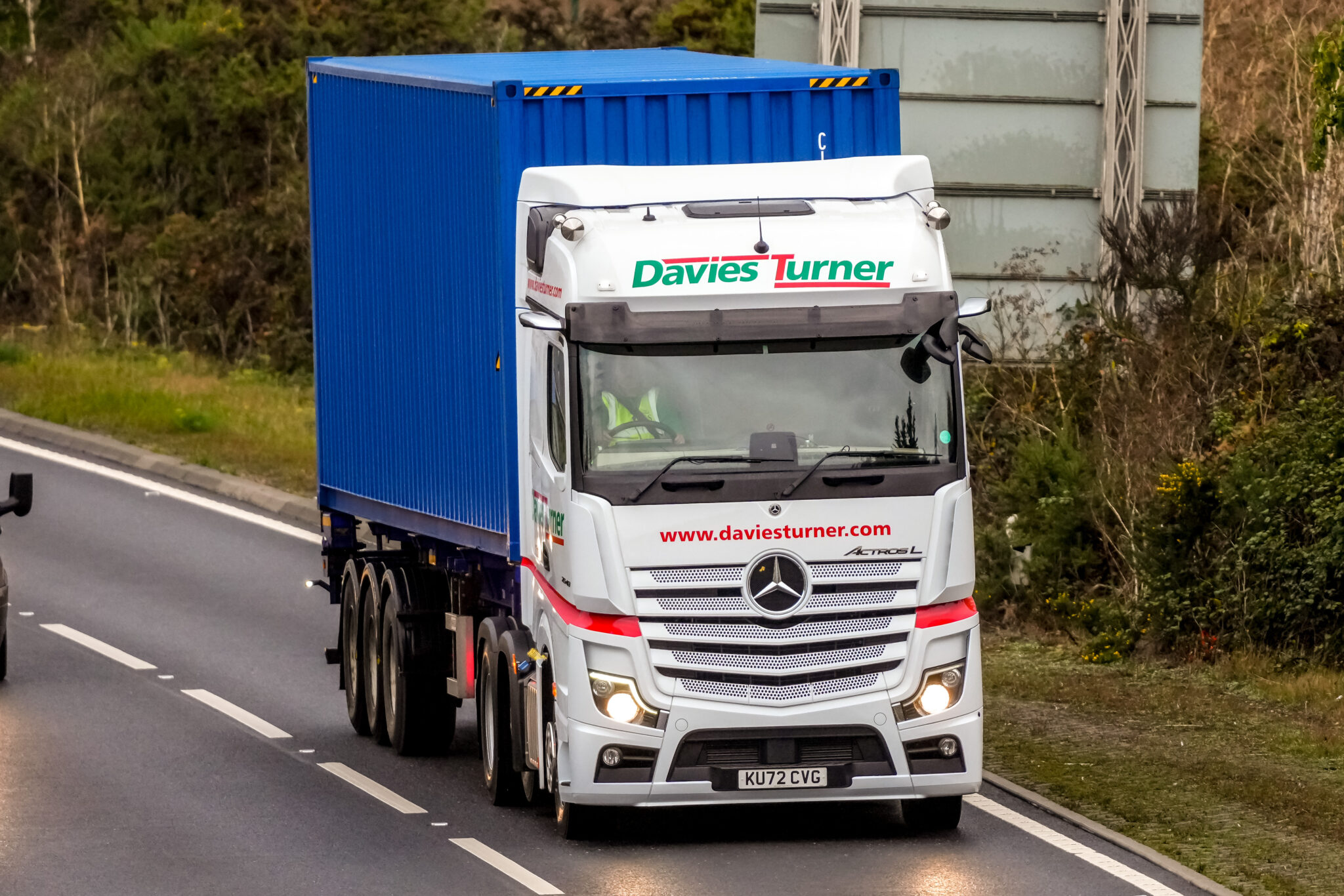P&O Maritime Logistics, a leading provider of critical logistics and marine solutions, will use its versatile Multi Carrying Vessel (MCV) fleet to transport off-site manufactured pre-finished volumetric hotel villas to the Sheybarah Island Resort on Saudi Arabia’s Red Sea Coast.
P&O Maritime Logistics has signed a new contract with global heavy lifting and transport specialist Mammoet to transport the unique hotel villas, all the way from Hamriyah to the Sheybarah Island Resort.
The two companies are supporting Red Sea Global in its ambitious project, which champions regenerative tourism and sustainable development in the Kingdom.
The Sheybarah Island Resort is a cornerstone project and part of the Saudi 2030 vision and will consist of a total of 73 uniquely shaped and prefabricated villas, some of which will hover above the island’s diverse ecosystem. The stainless-steel orbs were conceptualised by Oppenheim Architecture, based in Miami and designed by Killa Design, the same designers of Dubai’s Museum of the Future, promising a unique experience for guests when the resort opens. With mangroves, beaches and coral reefs, the resort will utilise the latest sustainable and eco-friendly technologies to preserve and enhance the local environment.
The MCVs selected for the project were serviced in drydock facilities before the contract in order to limit their possible impact on local marine life – and their ballast systems were filled with water from the Red Sea to reduce the chance of introducing foreign organisms. Additionally, the shallow draft of MCVs and with the versatile thruster arrangement used on P&O Maritime Logistics vessels mean that there will be minimal disturbance of the shallow seabed.
Additionally, The MCVs’ shallow draft makes them an ideal vessel for accessing areas where larger ships are unable to fit due to their size. The MCVs have the unique ability to allow efficient and timely delivery to site using the just-in-time principle, with minimal congestion for the production facility and project site, delivering a cost-effective customer solution.
Martin Helweg, CEO of P&O Maritime Logistics, said: “As a company headquartered in Dubai, we regularly operate in the Red Sea and around the Middle East. It is particularly exciting that our MCV fleet has been so successful in this region on a variety of projects.”
P&O Maritime Logistics, a subsidiary of DP World, recently chartered a new route between the Port of Jeddah and Port Sudan, where its MCV fleet is carrying containers across the Red Sea for the first time, brining additional volumes and reducing waiting times for main line carriers.
Helweg continued: “We are also delighted to be supporting Mammoet in the development of the Sheybarah Island Resort, as part of Red Sea Global’s Red Sea mandate. Sustainability is at the heart of our business, and transporting the villas is just one example of how we are increasing our capacity for projects that promote sustainable development.”
P&O Maritime Logistics owns and operates 400 vessels worldwide, providing a wide portfolio of value-add services to customers. Guided by DP World‘s industry-leading approach to sustainability, P&O Maritime Logistics supports its customers in building a more sustainable future by creating flexible solutions and ensuring both operational efficiency and excellence.
Jad Ayoub, Project Director for Mammoet said: “We are pleased to have P&O Maritime Logistics supporting us with the shipment of villas for the Sheybarah Island Resort. We have selected P&O Maritime Logistics for its vessels with shallower drafts that will have minimal impact on the sensitive marine environment of the Red Sea. With Mammoet’s ongoing commitment to sustainability and sustainability being the vision for the project, it was crucial to partner with a company that ensures their operations and values are aligned with ours.”











